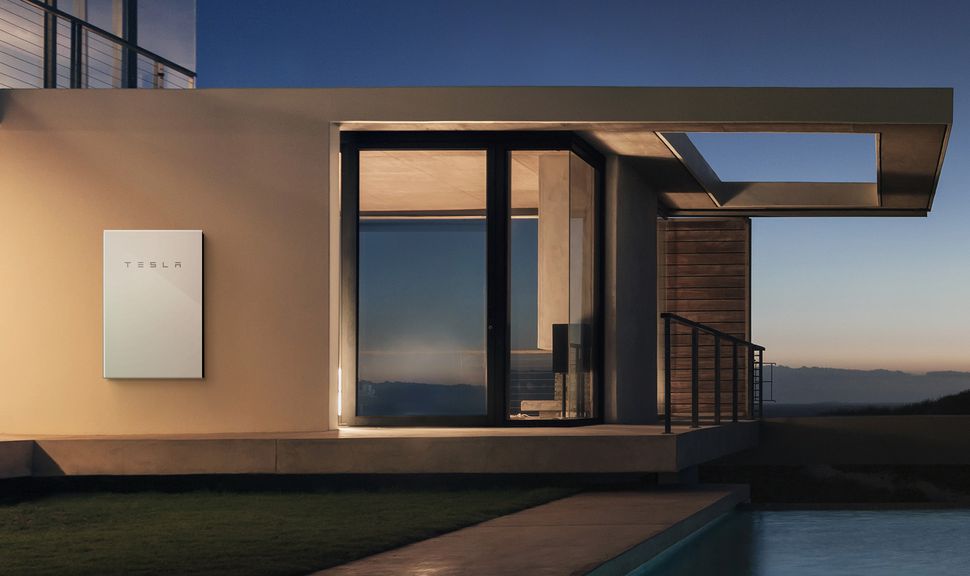It’s hard to not ponder the potential of residential power generation when you’re flying in for a landing over the bare roofs of dozens of homes, all pulling down power from the grid and few, if any, giving any back. It seems so straightforward to just slap a bunch of solar panels on them all and end the energy crisis.
Well, Tesla and SolarCity may have just made that task even more straightforward with the new Solar Roof. Unlike other solar systems which must be mounted on top of a traditional roof, these new panels are actually integrated within glass roof tiles, replacing a home’s roof.
Because they’re made of glass, Musk says they will last “quasi indefinitely,” even in harsh conditions where snow and ice make short work of traditional asphalt shingles. Musk said that 50 years of lifespan should be no problem, and they offer effeciency that is 98 percent as good as a traditional, ugly photovoltaic panel.
And, perhaps more impressively, they look much, much better. The glass tiles are available in four styles, each replicating a standard style: textured, slate, Tuscan and smooth glass. The Tuscan in particular looks remarkably like the real thing.

Tesla
Musk also unveiled Powerwall 2, a new version of the company’s residential home battery. It’s bigger and boxier than before, and more expensive too at $5,500, but packs 14 kWh of capacity. Musk says that if you combine a Powerwall 2 with a Solar Roof, you could go “indefinitely” without pulling any power from the grid.
Tesla’s previous Powerwall came in two sizes. The 10 kWh unit cost $3,500, intended only for backup use. A smaller, 7 kWh unit for daily cycling cost $3,000. Though both were announced and officially released, neither was ever available in any kind of quantity. With production at the Gigafactory ramping up, hopefully that will change with this new generation.
This marks the beginning of tighter integration between Tesla, previously only really concerned with automotive pursuits, and SolarCity, another Musk property. Musk announced the plan to bring SolarCity into Tesla back in June, a $2.6 billion deal that was received with skepticism by most.
According to Musk, the two companies will help us cover our generation, storage and usage needs, and tonight we see the beginnings of that, with one system that generates electricity from the sun and then deposits it in your electric car, storing it within a Powerwall battery unit in the interim.
No pricing was given for Solar Roof, beyond promises that it will cost no more than a new traditional roof “plus electricity.” The missing factor in that equation, of course, is time: how many decades will it take to make up for the price differential between a standard roof? Still, given you won’t need a traditional roof beneath, this should offer substantial cost savings over traditional photovoltaic systems — assuming you need a new roof.
Those tiles should go into production in the summer of 2017, and will initially be very limited, “one or two homes” Musk indicated. Availability will start in California, and spread from there. Powerwall, meanwhile, goes into production this December.
It’ll likely be years before you can reasonably expect to apply both to your house, but if you’re dreaming of moving off the grid, better get to saving.
[Source:-CNET]



